consultant for organic farming
agritecture consulting
Garden compost tea is an excellent method to fertilize crops produced by small farms. The tea consists of nutrients that can assist the plants grow, and it likewise helps to aerate the soil. Garden compost tea is likewise understood to improve the flavor of veggies and fruits.
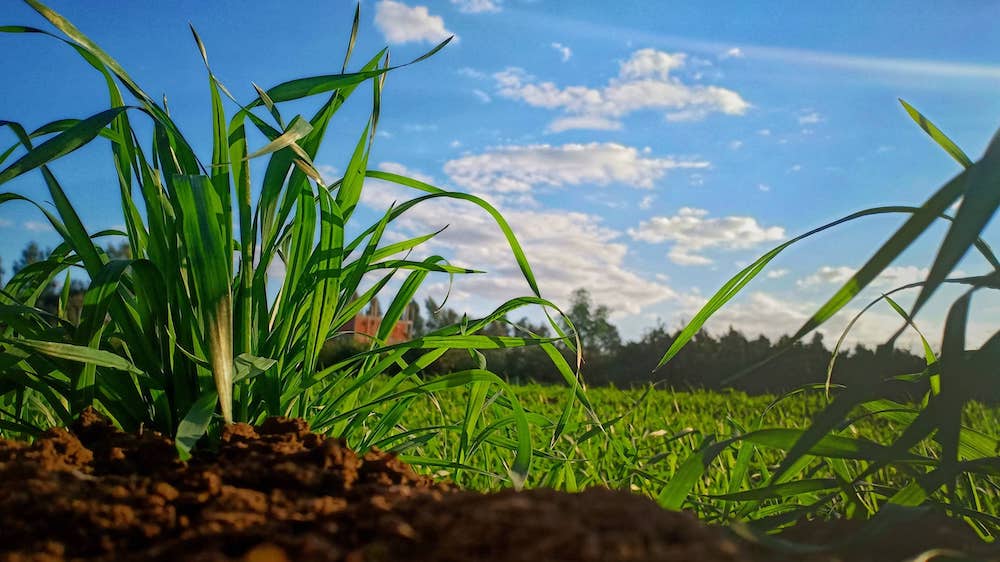
farming industry consultants
To make garden compost, you will need a compost bin or pile, organic matter, and water. You can purchase a compost bin or construct one yourself. If you are constructing your own bin, ensure it is at least
agronomy consulting services
Organic compost is an excellent way to add nutrients to your soil without needing to use artificial fertilizers. Compost tea is a fantastic way to get the most out of your compost. It is made by steeping garden compost in water for a time period. This permits the water to extract nutrients from the compost that can then be utilized to fertilize your crops. Compost tea has numerous benefits for small farms, including improved crop yields and increased soil fertility.
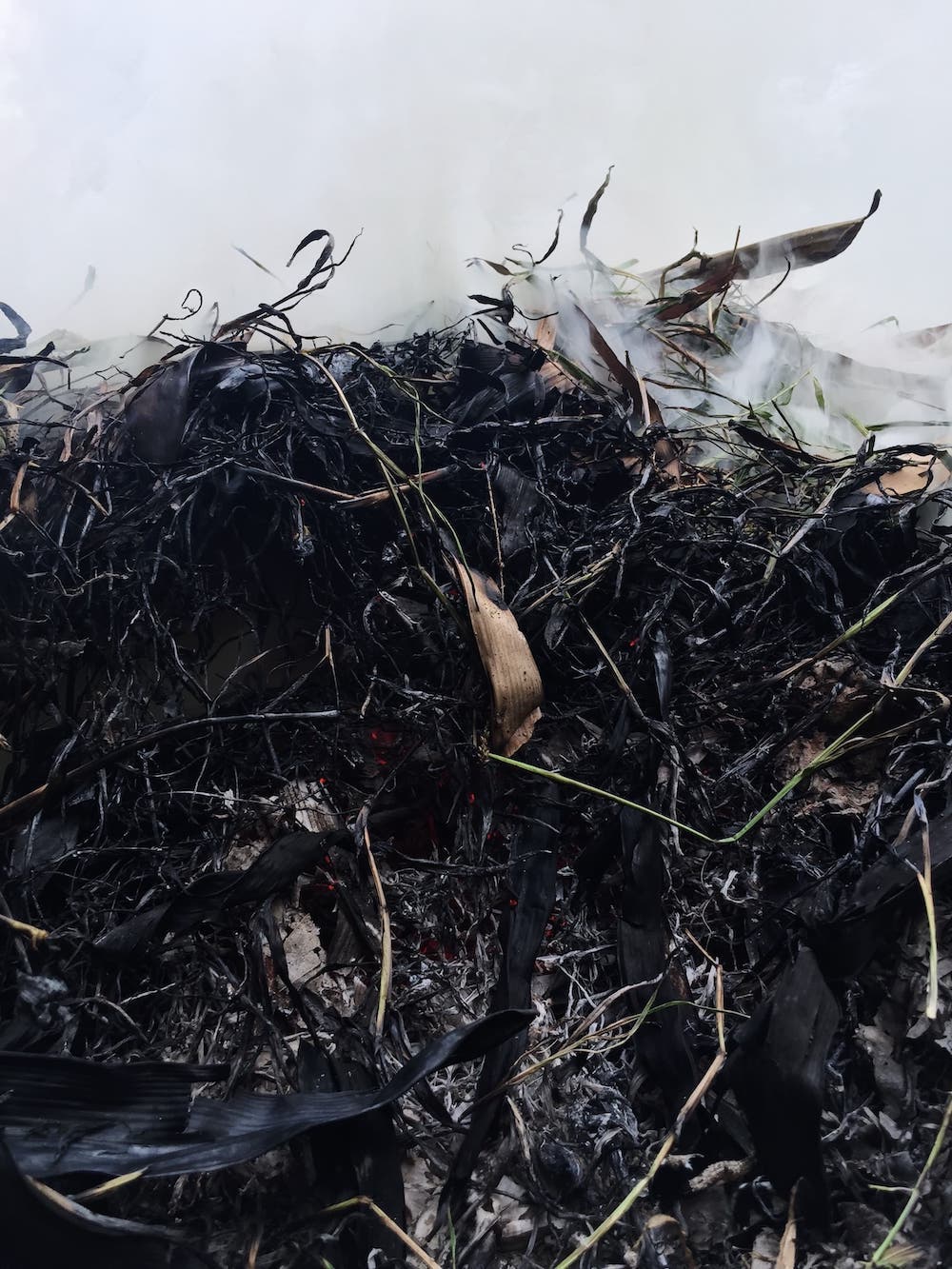
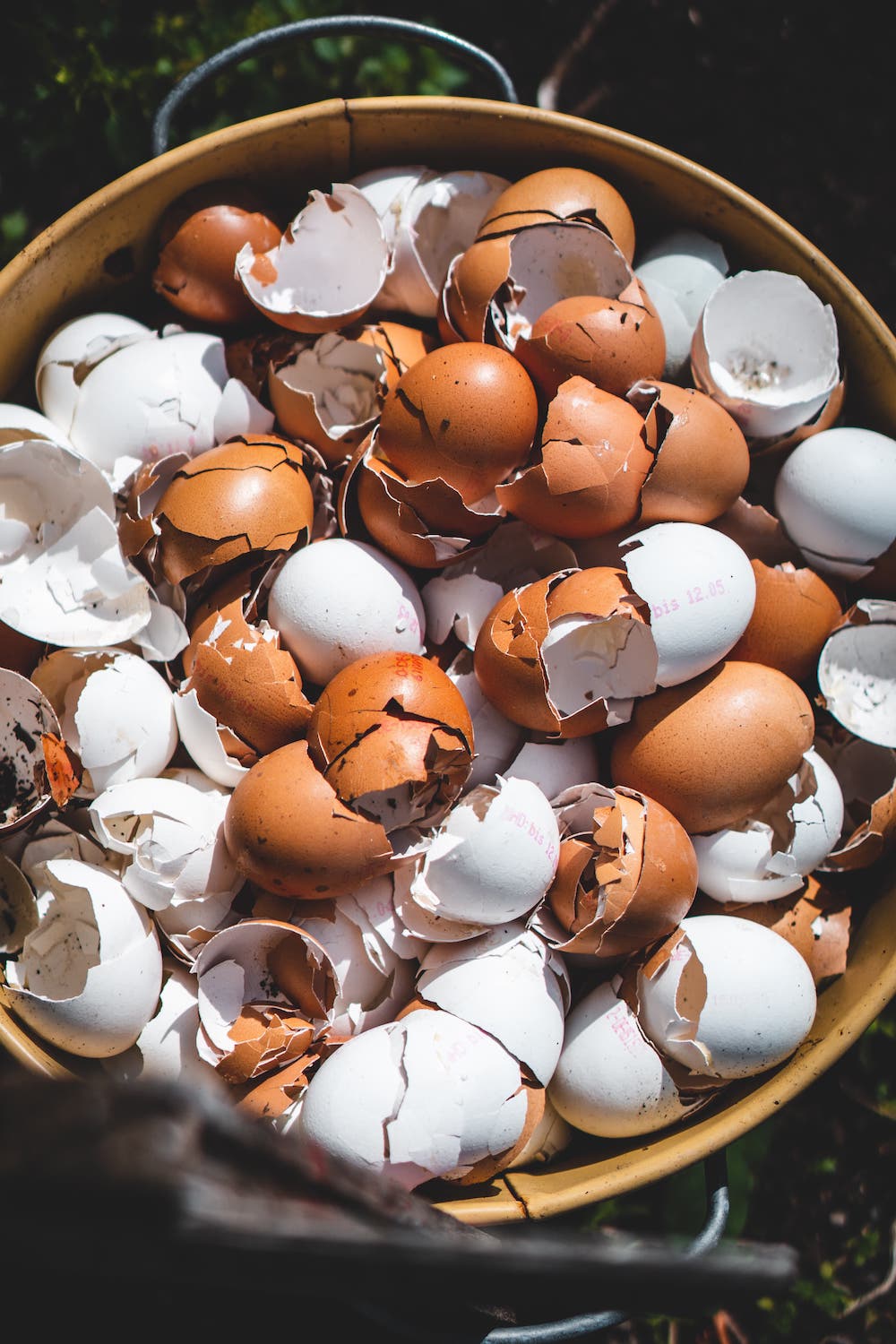
farm consultants
The secret to success is ensuring that your compost heap has the best ratio of carbon to nitrogen. Carbon-rich products consist of dead leaves, straw, and wood chips. Nitrogen-rich products include fresh grass clippings, manure, and food scraps. A good ratio to go for is 30:1 carbon to nitrogen.
regenerative agriculture consultant
Little to medium sized farms and gardens can benefit from creating their own garden compost by following these basic actions: Pick a place for your compost bin or stack that is close to a water source and has great drain. Include a layer of organic products, such as leaves, grass clippings, and fruit and vegetable scraps. Include a layer of brown products, such as straw or wood chips, to help with aeration. Gradually, natural products will disintegrate as microbes, germs and fungi consume them.
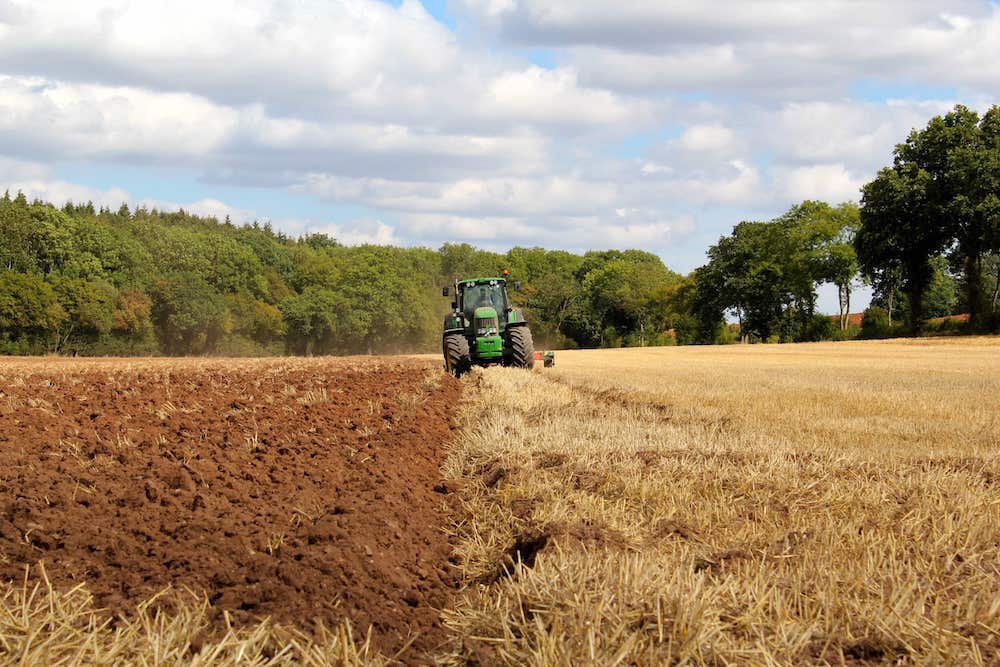

agronomy consulting
Organic compost is necessary for a productive and healthy farm or garden. It is reasonably simple to make and only needs a few easy components. The first step is to collect raw material such as leaves, turf, and veggie scraps. This can be done by hand or with a rake. It's time to start composting once you have a great quantity of natural matter.
agricultural consulting companies
Composting can increase the soil's ability to hold water and nutrients, enhance drainage, and encourage the development of helpful germs and fungis. It can also assist to reduce plant illness and bugs.
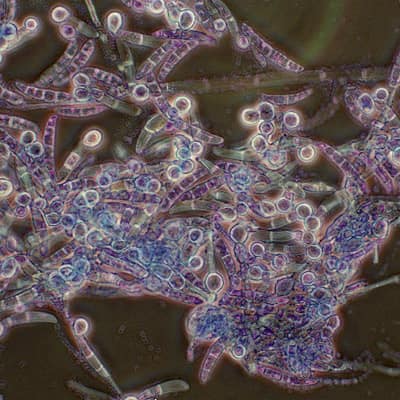
How to Start a Garden Compost Bin
To start a garden compost pile, you will need some damp active ingredients such as veggie peelings, fruits, tea bags, and lawn clippings. - and make sure to include adequate water to keep the stack moist.
When it comes to composing your compost pile, you should integrate green and brown materials. Brown products consist of dry leaves, shredded newspaper, hay, and straw. Green materials include kitchen scraps, coffee premises, and fresh plant and grass trimmings. Mix 2 parts of green materials with one part of brown. Mix everything together up until you reach the ideal consistency for decay. You can also mix some dry products, such as manure, into the pile.
The pile ought to feel moist however not soaked. It's likewise essential to aerate it every few weeks. Aeration also helps the garden compost pile keep the heat in while avoiding the loss of nutrients in rain.
While you're mixing the active ingredients, you ought to also leave an area fallow. This area is required for the compost heap to keep the soil moist and avoid it from drying. After including the materials, turn the pile frequently to integrate the bottom layer. Ideally, you should turn the pile one or two times a week. Diggs suggests turning your stack every 7 to ten days. Consider seeking advice from a professional to help you if you're not sure whether to turn your pile.
To start a garden compost pile, you will require some wet ingredients such as vegetable peelings, fruits, tea bags, and lawn clippings. When it comes to composing your compost pile, you ought to integrate brown and green products. You can likewise mix some dry products, such as manure, into the pile.
Aeration likewise helps the compost stack keep the heat in while avoiding the loss of nutrients in rain.
How to Start a Compost Pile
You may be questioning how to begin composting. Here are some steps to get you began. To make your compost pile more useful, mix browns and greens similarly. Browns feed the garden compost breaking organisms; greens offer the nitrogen required for soil structure. You can also utilize tea bags or seaweed. The main goal is to produce a wet compost pile. It takes around a year to completely compost. To make the most of the advantages of your compost, follow these suggestions.
Start little. It is necessary to remember that a compost pile requires to be turned frequently. Garden compost in a warm environment will break down quicker than those in cooler climates. You should turn your compost heap every 2 weeks in the spring, 4 weeks in the fall, and 4 weeks in the winter season. To check its condition, include soil from your garden. The garden compost needs to feel moist, however not soaked. It needs to have an earthy smell. The finished product should look practically indistinguishable.
Using kitchen area compost bins is the most convenient way to get started. Green waste will include nitrogen to your garden compost load, while brown waste will add carbon. Make sure that you utilize a compost bag to gather the compost after every composting.
Browns feed the compost breaking organisms; greens supply the nitrogen required for soil structure. Utilizing kitchen area garden compost bins is the simplest way to get begun. Green waste will add nitrogen to your garden compost load, while brown waste will add carbon. Make sure that you use a compost bag to gather the compost after every composting.
How to Develop a Compost Bin
One way to produce your own natural matter is to make a compost stack. These compost piles are made up of rotating layers of green and brown materials. The pile will ultimately be the consistency of a wrung-out sponge.
You should regularly mix the stack and turn. If it becomes too dry, you can add some water with a garden hose pipe. The compost heap ought to be a little wet, much like a wet sponge. Covering the pile will also assist to retain moisture. This will help in the composting procedure. After the compost heap is formed, you can add new products to it. If you 'd prefer to turn your compost pile regularly, you can acquire a garden compost tumbler, that makes it easy to mix and aerate your stack.
The perfect area for your compost pile is a dubious, dry area away from your house. If you live in an area where it rains, do not put your compost under eaves.
One method to develop your own natural matter is to make a garden compost pile. These compost stacks are made up of rotating layers of brown and green materials. If you 'd prefer to turn your compost pile regularly, you can purchase a compost tumbler, which makes it simple to blend and aerate your heap.
The ideal area for your garden compost stack is a shady, dry area away from your house.